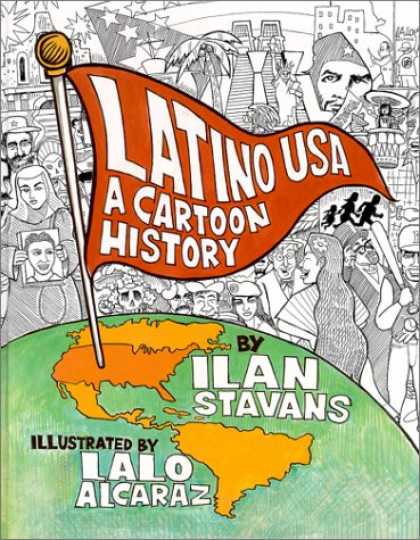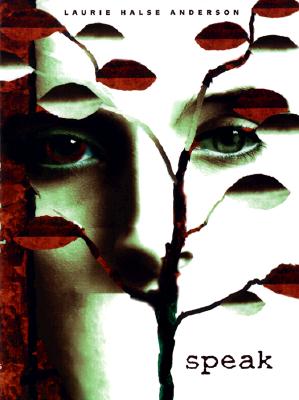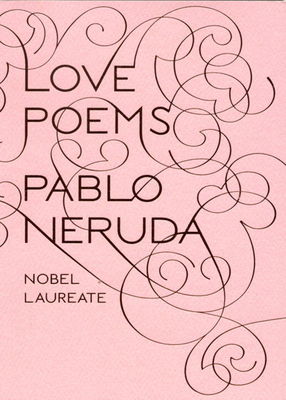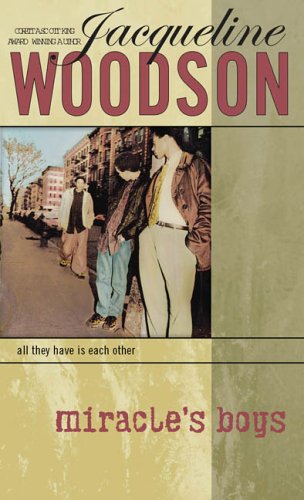
Pretty much every day I meet new students in the library at Bridges. It’s their second day of school and I am trying to get to know them as readers. Pretty much everyday two or more new students tell me that their favorite kinds of books to read are “urban” books or “street” books. So, after we run through the Passages’ student canon (another post for another time), I usually try to suggest books in other genres with crossover appeal. I appreciated 16 on the Block because, while I don’t anticipate it joining our canon anytime soon, it is there, for better or worse, for the student who is not ready to try another genre. For this I am grateful and will probably purchase the creatively named sequel, 16 and a Half On the Block.
The story opens with Summer awaiting her judge's decision: will she be released from group care custody and get to live with her only sister? Lots of exposition in the first chapter make this less suited to the less patient. Proofreading errors mar this reader's experience, and the ending was disappointing, but brand names, dramatic circumstances, and tighter pacing during the second half of the book make this a good choice for reluctant readers.
Daniels, Babygirl. 16 on the Block. New York: Kensington, 2009.
















